#ScionIM
This 2017 Toyota Corolla IM Is The Best Corolla, So Why Do 93% Of Corolla Buyers Choose The Sedan?
A year and a half since Scion introduced the iM in the United States, little more than a year since Toyota announced the Scion brand’s discontinuation, and six months since the Scion iM began to operate as the Toyota Corolla iM, almost every Toyota Corolla buyer chooses the inferior Corolla sedan instead of this hatchback.
Fortunately, the iM generates more sales activity for Toyota than it did for Scion. Over the last four months, for instance, the Corolla iM produced 6,548 U.S. sales, up 34 percent compared to the year-before figure claimed by the Scion iM.
After spending a week with the refreshed 2017 Toyota Corolla XSE sedan in January and the last week with the 2017 Toyota Corolla iM, it’s clear the iM is the superior Corolla. It’s clear that a far greater percentage of the 28,000 monthly American Corolla buyers should be choosing this car.
But they don’t. And they won’t. And there are a number of reasons why.
2016 Is On Track To Be The Scion Brand's Best Year Since... Oh Wait A Second
Quick trivia: what’s the fastest-growing auto brand in America?
Jeep? Land Rover? GMC? Ram? Volvo?
Year-over-year, through the first four months of 2016, sales at Scion — Toyota’s 13-year-old youth-directed brand — are up 53 percent. It’s not just recovery after a poor start to 2015. Scion is on track for its best year since 2008.
Well, Scion would be on track for U.S. sales to rise to an eight-year high if, by the end of this year, Scion still existed.
UPDATE 2: Will Toyota Kill Off the Scion Brand Today?
Update 2: Toyota has officially announced Scion’s “transition to Toyota.”
Update 1: Road&Track is reporting it has confirmed the rumor with an inside source and the death of Scion will be publicly announced later today.
A top-secret meeting took place Tuesday afternoon to announce the death of the Scion brand to employees, reports CarBuzzard (via Motor Trend). The company is rumored to make the announcement public today.
We at TTAC have openly wondered about the future of Scion, though recent sales performance of new products looked to have put the youth-oriented brand on the right track.
A Tale Of Two Scions: Scion IA Vs. Scion IM
I call Scions “the acronyms from hell” because even I have trouble keeping up with all of them.
iQ, iA, iM, tC, xB, xD. Did I forget one? The xA and…wait! I forgot the FR-S, but that’s only because I rarely see those go through the auction block. Everything else, save the two new iA and iM models, seems to make a perennial pilgrimage to the wholesale heaven of unwanted used cars for one unfortunate reason.
Scion, historically, can’t help but hit ’em where the customers ain’t.
Scion Rising - If IA and IM Help, Imagine What C-HR Could Do
We haven’t held back our critique of Toyota’s handling of its Scion sub-brand.
Though Scion held such promise a decade ago, replacing the hot-selling first-generation xB with a mostly ignored, overweight, second-generation xB was a ticket to failure. Allowing the once-popular tC to linger mostly unchanged and mostly unathletic for more than a decade is akin to snatching defeat from the jaws of victory. A flash in the pan sports car, the FR-S, wasn’t – couldn’t be – the answer to the brand’s troubles.
Signs of life are once again appearing at Scion, however, and not from the most expected places.
Scion Second-Fastest Growing Brand In September; New IA And IM Lead
The FR-S did not turn out to be Scion’s savior. Doubts regarding the ability of a conventional hatchback and a subcompact sedan — the brand’s first sedan — to rescue a brand that was built on unconventional cars have been expressed in many corners.
Yet with the arrival of those two cars, the iA and iM, Scion was the fastest-growing car brand in America in September 2015 and the second-fastest-growing brand overall.
Porsche Is Now Outselling Scion – Will Scion Ever Come Back?
Only seven years removed from selling more than 100,000 cars in the United States, Scion’s current woes are more easily understood by looking at the brands which now outsell Toyota’s “youth” brand.
One such Scion-besting automaker: Porsche.
Rewind just one year and Scion, through the first eight months of 2014, was outselling Porsche by 10,000 units. Yet in the first eight months of 2015, Scion only outsold Porsche three times — in February, March, and May — and trails Porsche by nearly 2,200 sales heading into September.
Porsche is certainly not a Scion rival. Even the FR-S, Scion’s most costly car, costs only half as much as Porsche’s least expensive car, a basic, un-optioned Boxster. (Is there even such a thing?)
But the change in order speaks volumes about Porsche’s steady climb to record highs and the fall of Scion, the latter of which saw its share of the U.S. market fall by 73 percent, from 1.04 percent in 2006 to 0.28 percent in 2015.
IM Pretty Sure This Is The Next Scion
Toyota Caldina GT-Four: The Scion IM That Never Was
In a few short months, we’ll see the production version of the Scion iM, based on the European Toyota Auris. If only Toyota had sent this instead.
November 2014 Scion Sales Hit 34-Month Low, 18 Consecutive Months Of Decline
For the 18th consecutive month, the Scion brand’s U.S. volume declined in November 2014. The streak has reached a special low point, however, with the worst percentage decline since June and the lowest sales total since January 2012, when the iQ had only just arrived and the FR-S wasn’t yet on sale.
We’re long past expecting Scion to be capable of selling 14,400 cars a month as they did when the brand peaked in 2006. In 2012, Scion sold an average 6125 cars per month, an average which climbed to nearly 6700 monthly sales in the final seven months of that year.
But with just 3907 November 2014 sales, a 21.4% drop compared with November 2013 and a 30.3% decline compared with November 2012, the brand’s 18-month streak has tumbled to new lows.
Surprise, Surprise, The Scion IM Looks Just Like An Auris
When the Scion iM makes its way over to our shores in 2015, it will ditch the aggro-blue paint job and the import tuner bodykit. How do we know this? Logic dictates that a mainstream car would look, well, mainstream. Oh, and spy photos.
Los Angeles 2014: Scion IMatrix
If you needed another reason why Toyota decided to kill off the Matrix, here it is.
Scion IM Concept Revealed
Well, we called it. Scion will be bringing its own version of the Toyota Auris over here as their next new model launch.
Is Scion's Next New Car A Station Wagon?
The death of the Toyota Matrix will leave a hatchback-sized hole in Toyota’s lineup. But the replacement won’t be a Toyota, if Scion’s newest concept is any indication.





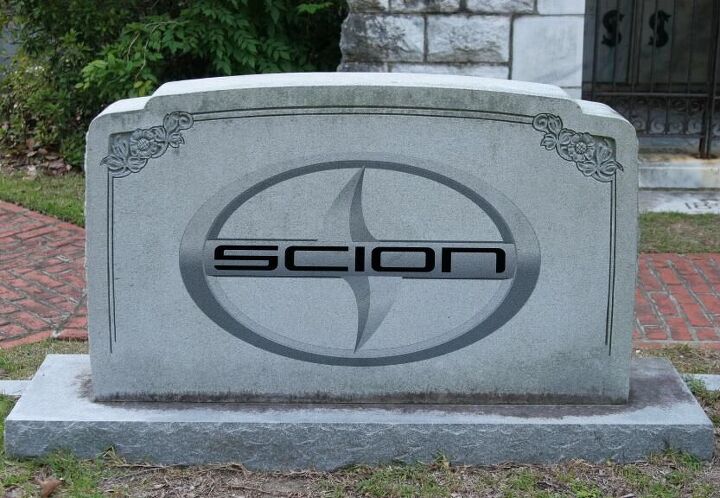





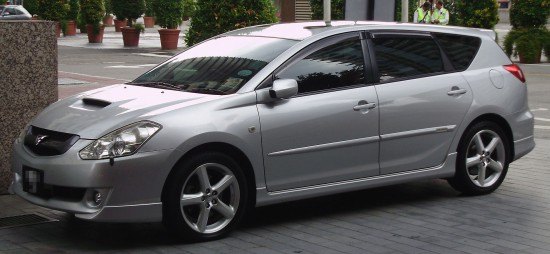

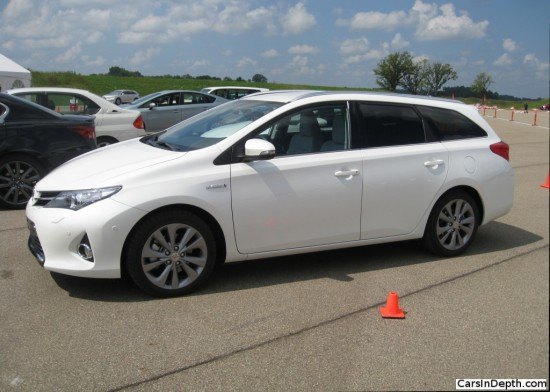
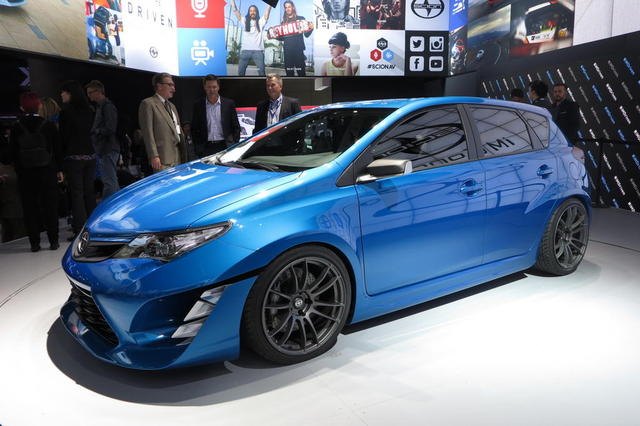
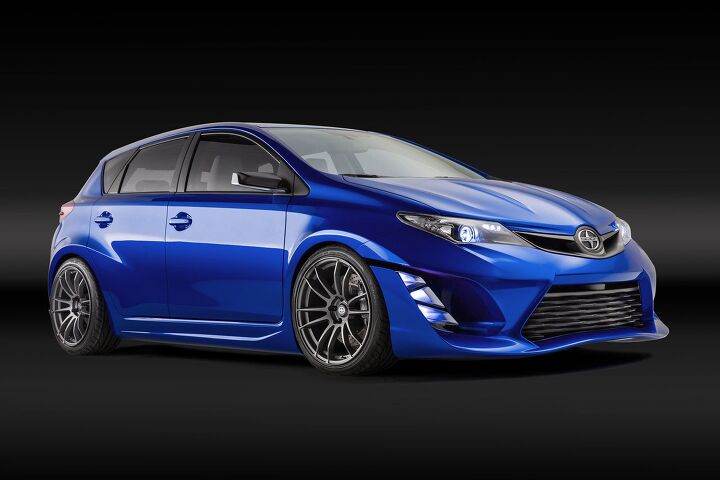













Recent Comments